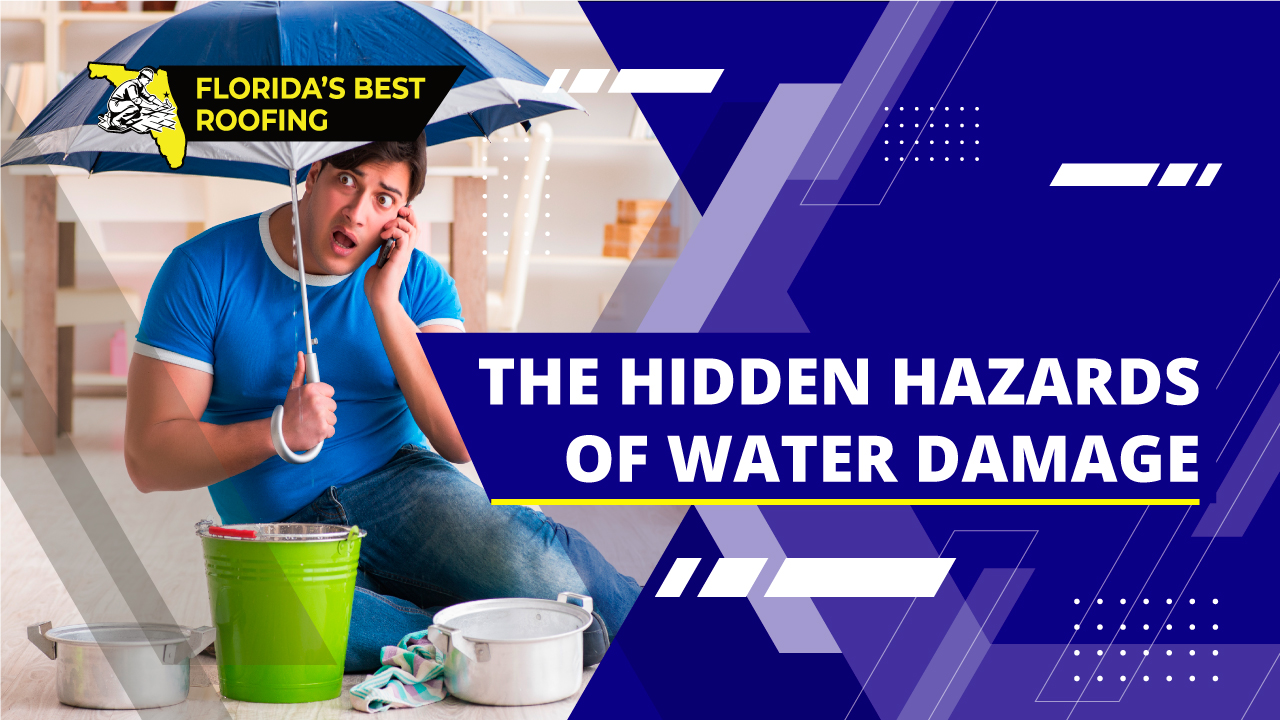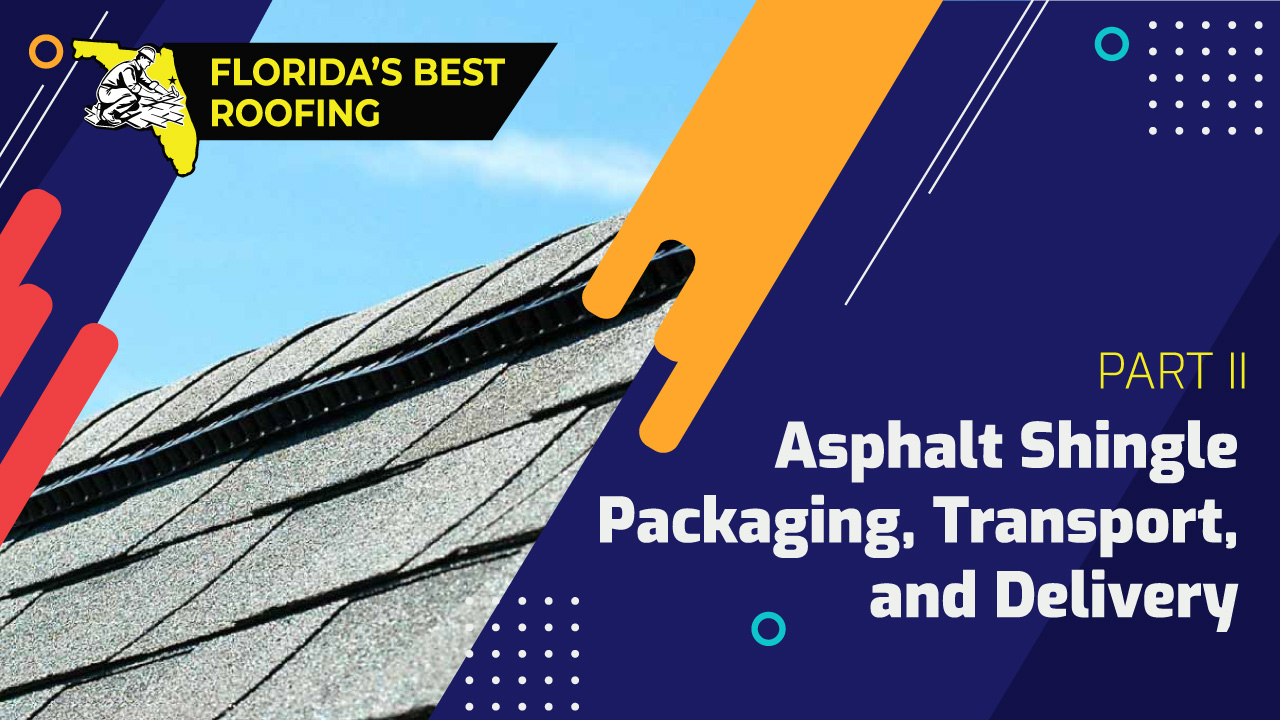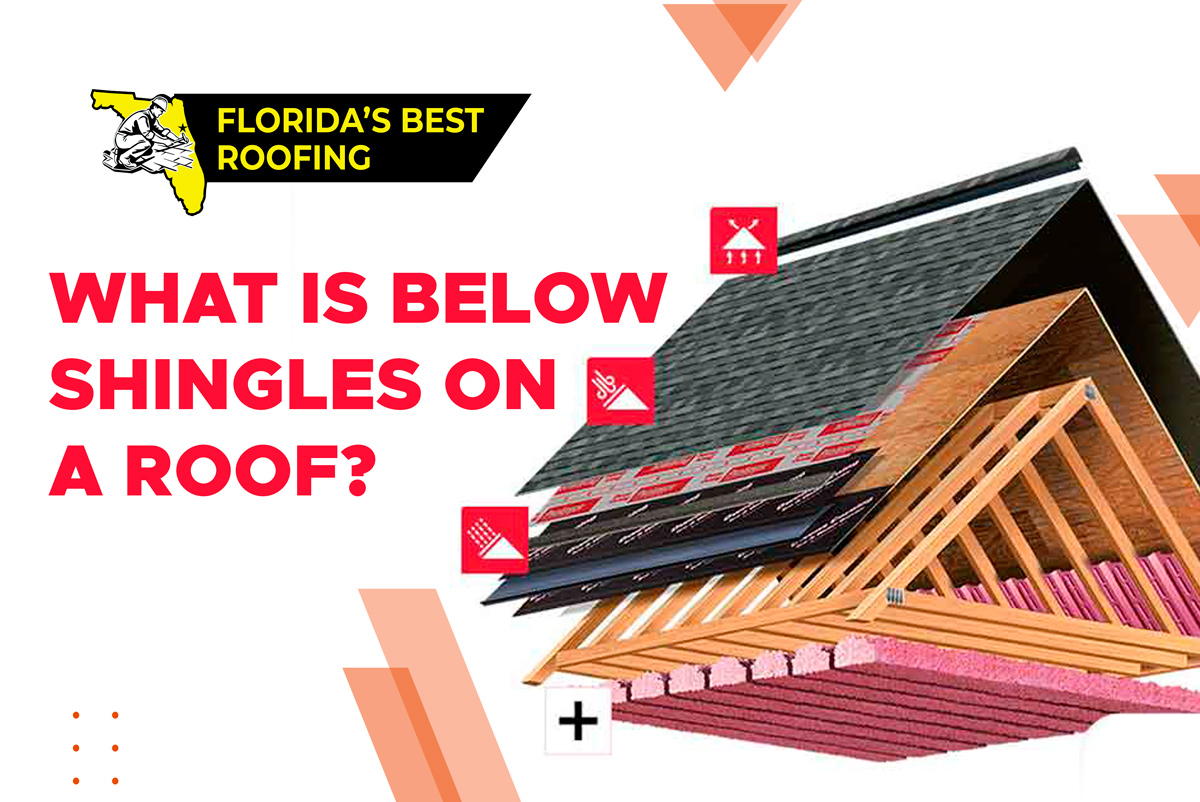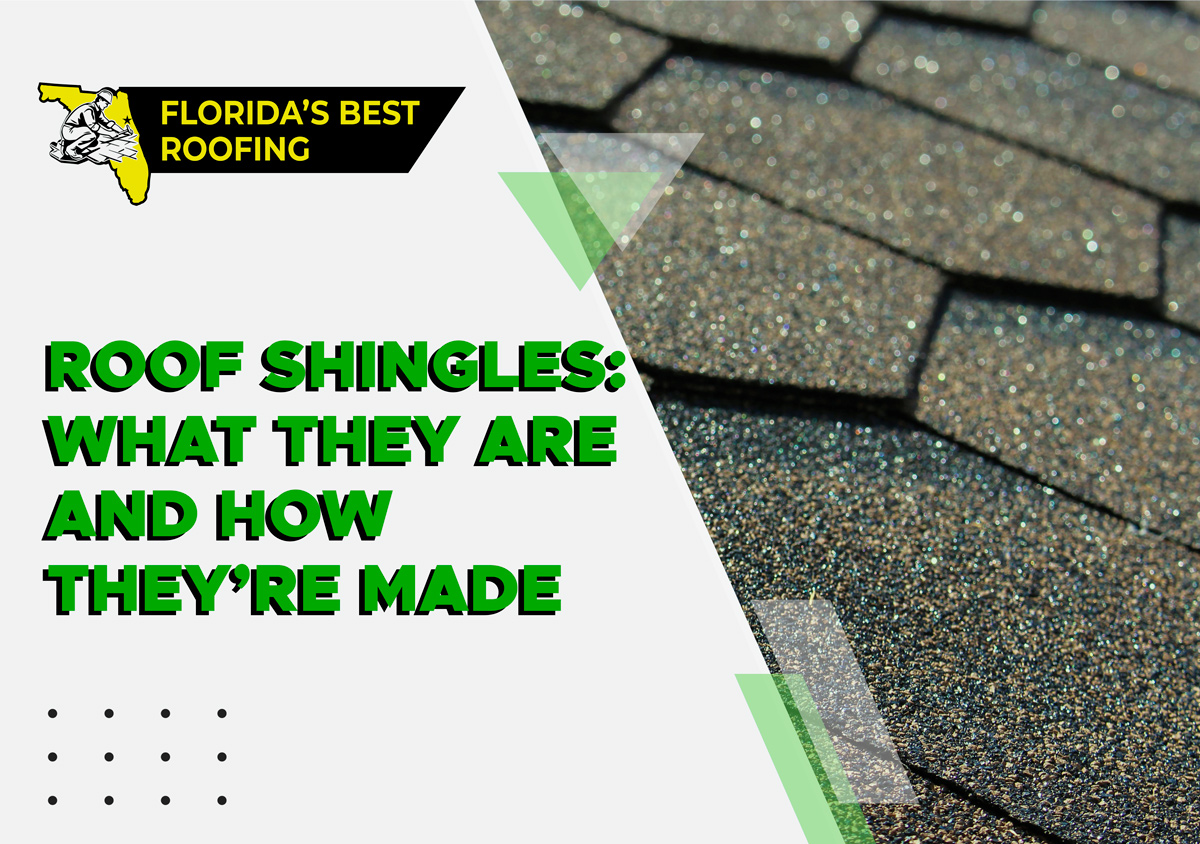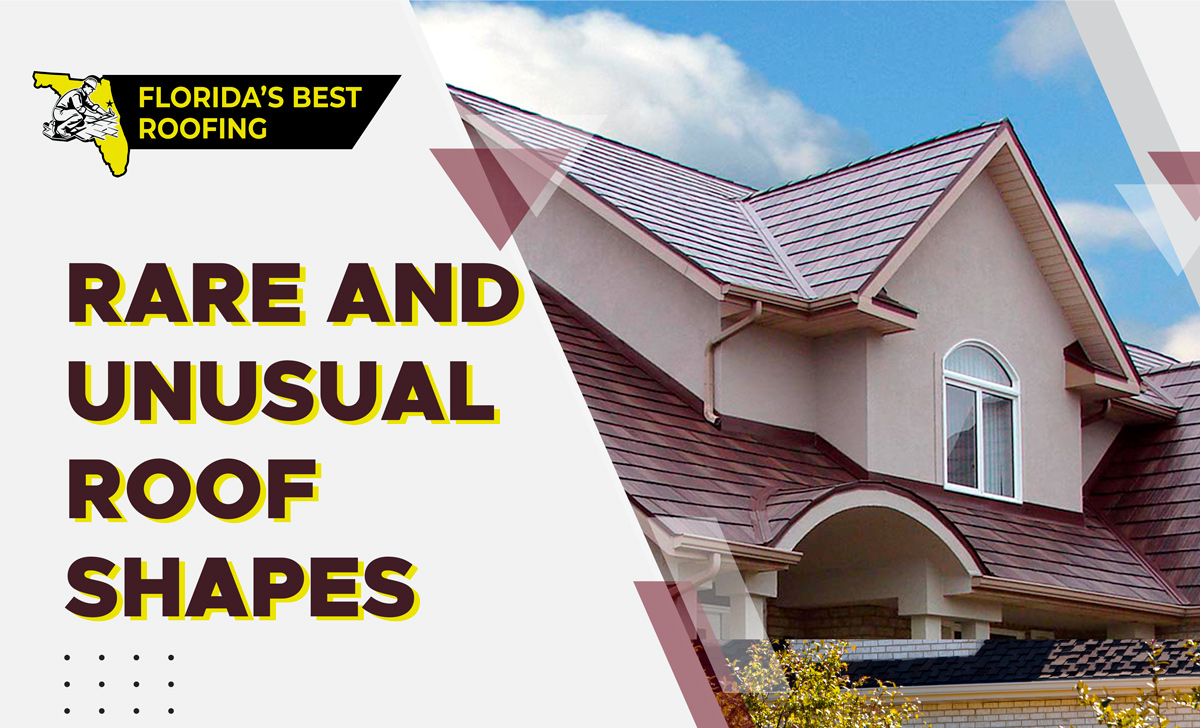The Hidden Hazards of Water Damage
With all the rain storms we have been having, now is a good time to watch for leaks. It is important to examine your ceilings for leaks on a frequent basis and act at the first sign of one. Water damage can have serious effects on the safety and livability of your home.
There are certain home improvement problems that can safely be procrastinated. Nothing will go seriously wrong if you put off replacing an old carpet or repairing a creaky door. Leaks are another matter entirely. Even tiny leaks, barely a spot on the ceiling, can grow quickly and exponentially leading to major problems with very expensive solutions. Leaks can lead to structural problems which turn into safety and health risks.
Leaks can be caused by all sorts of damage to the roof. This can include wind, storms, falling debris, or hail. Improper installation of the original roof or a defect in the materials used may also be to blame. Improper maintenance or lack thereof altogether can also lead to leaks and shorten the lifespan of the roof. Remember that most roofs are only meant to last twenty to thirty years, even with regular maintenance and exclusive of external damage.
In addition to the obvious, there are some unexpected and unforeseen ways in which leaks can have an adverse impact on your home and life.
Higher Utility Bills
You may not know that when water enters the attic space, it can cause damage not just to the wood decking and ceilings, but also to the insulation in the attic that prevents excessive cooling of the house in the winter and excessive heating in the summer. When insulation gets saturated with water, it can take a long time to dry out. In the wet summer months it can go for months without drying under constant rains and leaks. If the leak continues for a long time without being addressed, it can deplete the efficacy of the insulation and result in higher utility bills as the AC unit or heater works harder to compensate.
Interior Mold and Mildew
The most serious potential consequence of neglected leaks is the growth of mold or mildew. These problems may take a while to develop, but if they do they will result in significant expenses and potential health issues. Once it begins to develop, mold can easily and quickly spread through the home’s structure and HVAC system from where it can reach other parts of the house including carpets, ceilings, furniture, and even clothing. The most common type of mold growth resulting from repeated water incursion is black mold, which is rarely toxic. Nevertheless, black mold can cause health and breathing issues, particularly for people who have underlying health problems like asthma. Getting rid of mold can be very costly and require specialists in mold remediation.
Fire Hazards
Because most homes’ electrical systems are wired through the walls and ceilings, including attics, leaks in these areas of the house can reach these wires and potentially pose a fire hazard. If you do notice that you have a leak be sure to check for affected wires and turn off electricity to that part of the house if necessary.
Attic and Ceiling Damage
The first damage from a leak will be to the wood in the attic and the ceilings. If the attic is used for storage, then the items stored there may be damaged as well. The plaster and paint on the interior of the ceiling will be stained and may form bubbles and expand. Continued leaking will spread to nearby ceiling surfaces and walls. The walls’ damage can get severe and will affect wall paint, insulation, drywall, and wall beams.
Structural Integrity
Rafters, ceiling joists, wall framing, fascia boards, and exterior trim are all structural elements that are susceptible to water intrusion. While the water damage to these areas can be superficial at first, continued water leaks can lead to mold, weakened wood, and rot. Once this happens these structural elements need replacing. This can get expensive, especially with the high prices of lumber materials at this time. Extended and neglected damage can result in the loss of structural integrity to the home making it unsafe for occupation and even liable to partial collapse.
Leaks should never be taken lightly. At the first sign of a leak, be sure to consult with a roofing professional to find the source of the problem and a possible solution. If you are in the Palm Coast, Flagler, or Volusia area, please give Florida’s Best Roofing a call at 386-263-7906 for a free estimate!

